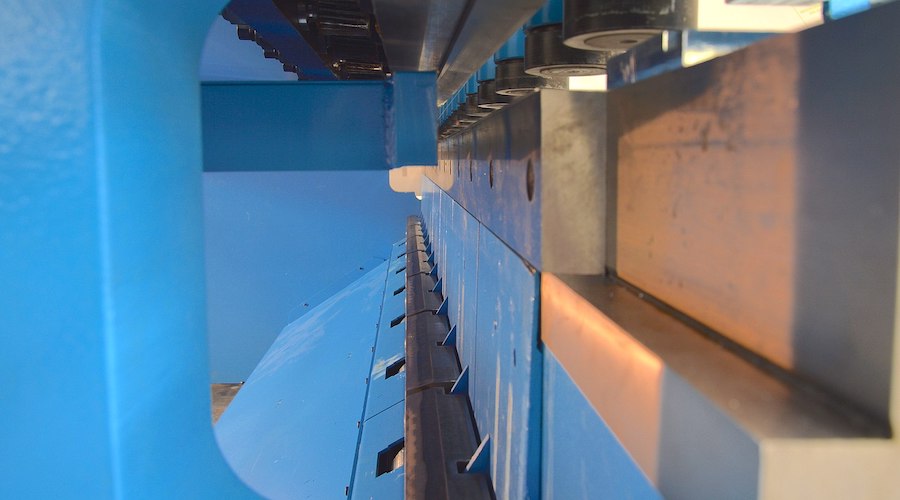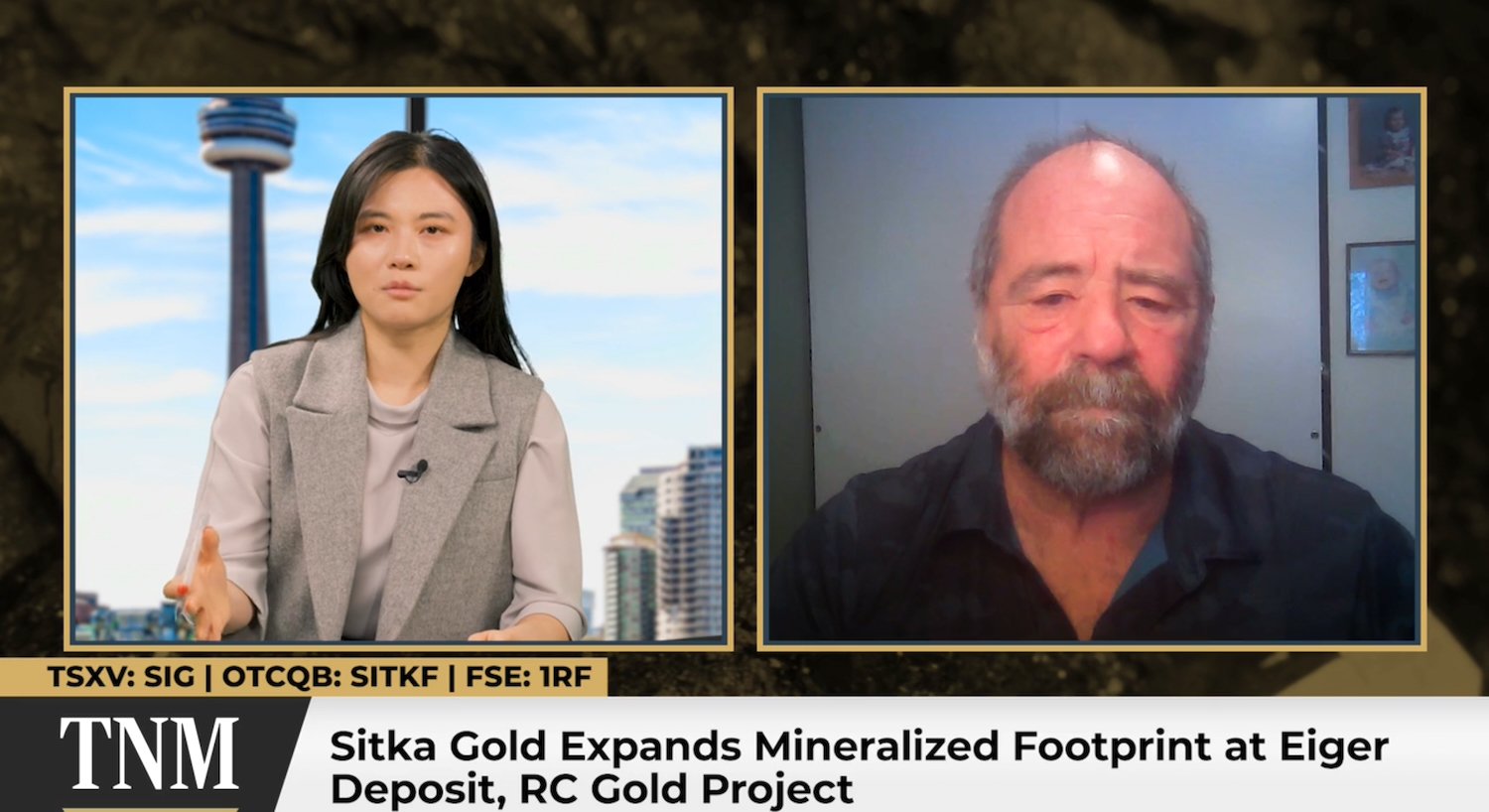In a media statement, the PNNL group explained that these visualizations form the foundation for understanding how shear deformation creates the improved characteristics observed in metals produced using Shear Assisted Processing and Extrusion or ShAPETM. During ShAPETM manufacturing, metals are processed using shear forces to produce high-performance metal alloys for use in vehicles and other applications.
“If we understand what happens to metals on an atomic level during shear deformation, we can use that knowledge to improve countless other applications where metals experience those same forces—from improving battery life to designing metals with specific properties, like lighter, stronger alloys for more efficient vehicles,” head researcher Chongmin Wang said.
Wang explained that the forces that are purposefully applied during metal manufacturing to create alloys are the same forces that can damage structures inside batteries to cause eventual failure. Researchers also know that shear deformation can fundamentally alter the microstructure of metals in ways that can actually improve the material—making metals stronger, lighter, and more flexible. But how that happens is still a mystery.
“If we understand exactly what happens to metals on the atomic level during shear deformation, we could apply that knowledge strategically to design materials with specific properties,” materials scientist Arun Devaraj said.
Gold and copper
Using a specialized probe inside a transmission electron microscope, Devaraj and his colleagues recorded how individual rows of atoms within metals moved during shear deformation. They started by looking at gold—the standard because it is easiest to visualize on an atomic level.
When they watched gold undergoing shear, they saw that crystals of gold were divided into smaller grains. They noticed that natural defects in the arrangement of gold atoms changed how shear deformation moved the atoms. This is useful information because defects are common in metals during deformation, but don’t behave the same in all metals—which can directly affect metal properties.
Next, the research team looked at copper. They noticed how shear deformation creates nanotwins—structural features that make metals stronger. Observing an alloy of copper and niobium, they found that shear deformation affects atoms differently inside the copper and niobium phases of the metal mixture. This is a valuable insight that can inform how to manufacture alloys with specific properties using shear deformation.
The group pointed out that the information gained from studying how these forces affect metals during controlled manufacturing processes can be directly translated and applied wherever metal experiences the same physical forces.
For example, the atomic-level visualization capability is also useful for understanding how materials used in extreme conditions, such as in nuclear reactors, or clean energy applications like hydrogen transmission lines and storage tanks, will respond to external stresses.
Longer-lasting batteries, lighter alloys for more efficient vehicles, and custom design of next-generation metals with improved strength and conductivity could all be possible by better understanding the atomic physics of metal manufacturing.



